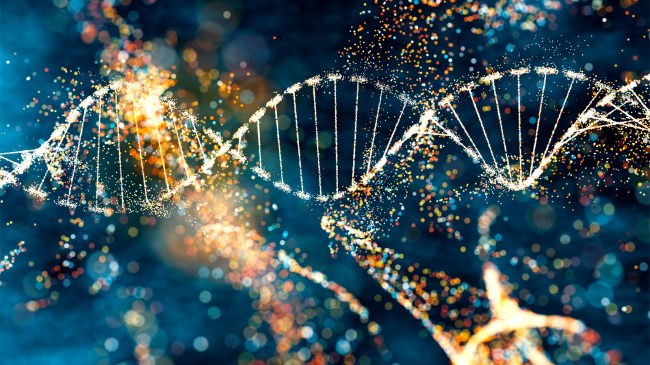iStockphoto
Scientists in the Netherlands recently published a new research paper in which they explain how they are attempting to build synthetic life forms.
Recent history is littered with scientists trying to “play God.” Whether that is ethical or not has done, and probably will not ever do, nothing to slow them down.
The Dutch researchers – a consortium of six research institutes called BaSyc (Building a Synthetic Cell) – is just the latest example of this.
They are attempting to build the elements needed for a synthetic cell by replicating mitochondria, the “energy factories” of a cell.
“Bert Poolman, Professor of Biochemistry at the University of Groningen, has been working on this problem for over twenty years,” BaSyc states in a press release. “He aims to understand life by trying to reconstruct it; he is building simplified artificial versions of biological systems that can be used as components for a synthetic cell.”
In their studies, published in the journal Nature Communications, the researchers explain how they are trying to refine natural evolution.
“Instead of the hundreds of components of mitochondria, our system for energy conversion uses just five,” says Poolman. “We set out to simplify it as much as possible.”
He says their system is better than evolution because “evolution is a one-way street, it builds on existing components and this often makes the outcome very complex.”
By creating an artificial replica, he says, they can be designed with a specific outcome in mind.
The five components were placed inside vesicles, tiny cell-like sacs, that can absorb ADP as well as the amino acid arginine from the surrounding fluid. The arginine is ‘burned’ (deaminated) and thus provides the energy to produce ATP, which is secreted from the vesicle. ‘Of course, the simplification comes at a price: we can only use arginine as the energy source, while cells use all kinds of different molecules, such as amino acids, fats, and sugars.’
Next, the Poolman group designed a second vesicle that is able to absorb the secreted ATP and use it to drive an energy-consuming reaction. The energy is provided by turning ATP back into ADP, which is then secreted and can be absorbed by the first vesicle, closing the loop. Such a cycle of ATP production and use is the foundation of metabolism in every living cell and drives the ‘machinery’ for energy-consuming reactions such as growth, cell division, protein synthesis, DNA replication, and more.
“The end game of the program is to construct synthetic life-like systems that can grow autonomously, divide, and sustain [themselves]. It will differ from known living cells but have these essential features,” Poolman told The Debrief in an email.
Poolman also stated in the study’s press release about their attempts to create synthetic life forms, “Ultimately, this would give us a blueprint for life, something that is currently lacking in biology. This may eventually have all kinds of applications, but will also help us to better understand what life is.”

